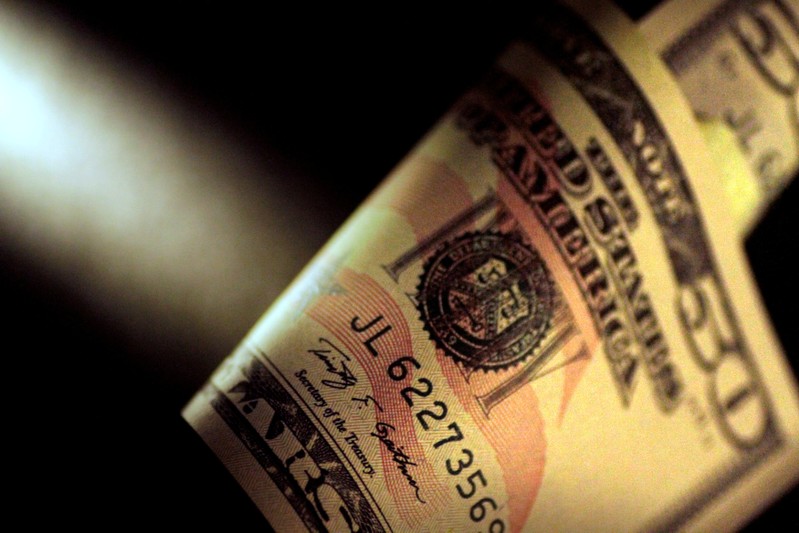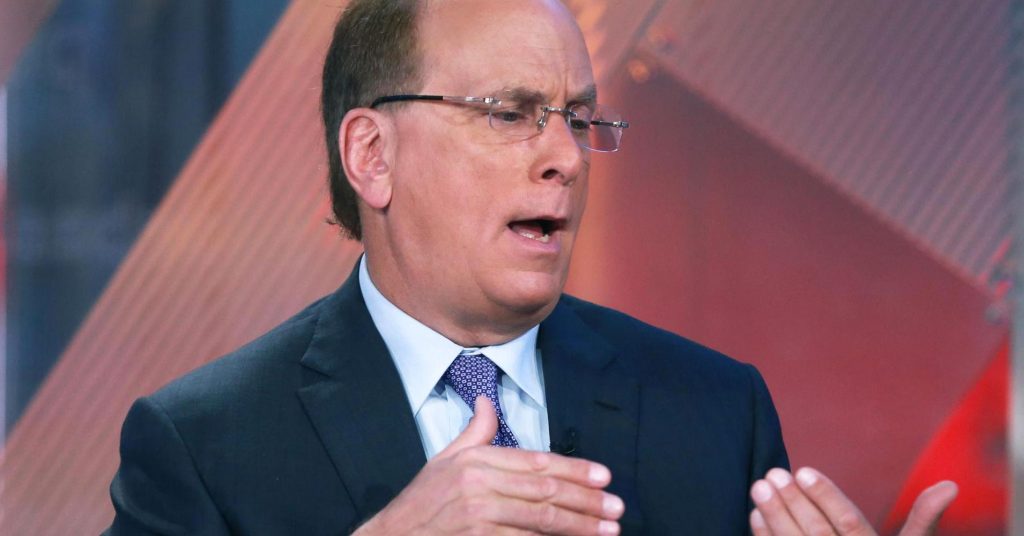
FILE PHOTO: A U.S. Dollar note is seen in this June 22, 2017 illustration photo. REUTERS/Thomas White/Illustration/File Photo
February 15, 2018
By Kate Duguid
NEW YORK (Reuters) – The dollar fell across the board on Thursday, hitting a fresh 15-month low against the yen late in the session, as negative sentiment about the U.S. currency outweighed a rise in 10-year Treasury yields to their highest levels in four years.
Analysts gave various explanations for the dollar’s broad weakness, which came as the yield on the benchmark U.S. government bond <US10YT=RR> neared 3 percent, and as stock markets and commodities rose. But most agreed it was a long-term trend.
“Forex markets rotate from theme to theme all the time. The theme right now is global growth and strong global growth has historically pushed the dollar lower,” said Greg Anderson, global head of FX strategy at BMO Capital Markets in New York.
The dollar plays a key role in funding global growth. When companies borrow dollars to fund investments outside of the United States, the supply of dollars increases. As the funds are invested, the primary foreign exchange transaction is the sale of the dollar in exchange for local currency. The increased supply, then sale pushes the price of the greenback lower.
The dollar had briefly jumped on Wednesday after data showed U.S. inflation was stronger than expected in January, bolstering expectations that the Federal Reserve could increase interest rates as many as four times this year.
But it quickly turned lower, eventually posting its worst daily performance in three weeks against a basket of major rivals <.DXY>. It added to those losses on Thursday, with the dollar index hitting a three-week low of 88.546.
Further evidence of rising inflation came in a report on Thursday, which showed U.S. producer prices accelerated in January, boosted by strong gains in the cost of gasoline and healthcare. There was no significant move in the dollar on the news.
Some analysts suggested mounting worries over the deficit in the United States – which is projected to balloon to near $1 trillion in 2019 amid a government spending splurge and large corporate tax cuts – as a reason for dollar weakness.
“I do hear worry from foreign investors that the U.S. is out of control fiscally. The world doesn’t need a safe-haven (currency) at the moment because we have strong growth. But to the extent that we might need one in the future, the U.S. dollar is a less-safe safe haven,” said Anderson.
Against the yen <JPY=>, the dollar skidded as much as 0.9 percent from Wednesday’s close to 106.03 yen, its lowest since November 2016.
The euro <EUR=> climbed back above $1.251 for the first time in two weeks, trading up almost half a percent from its last close. It was last at $1.250.
(Reporting by Kate Duguid and Jemima Kelly; Editing by Meredith Mazzilli and Diane Craft)

